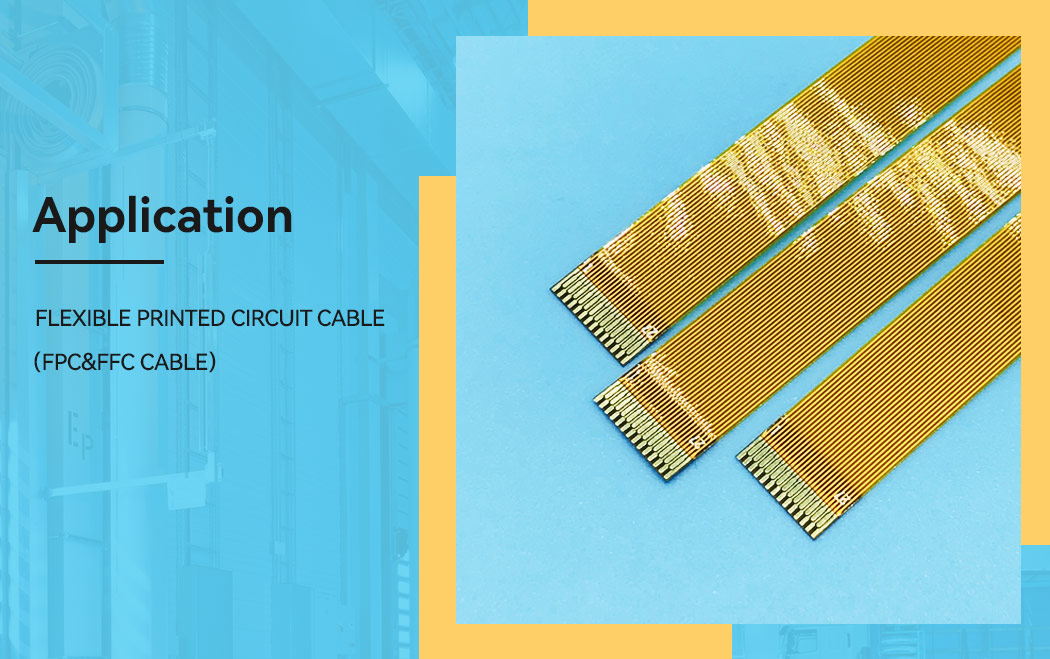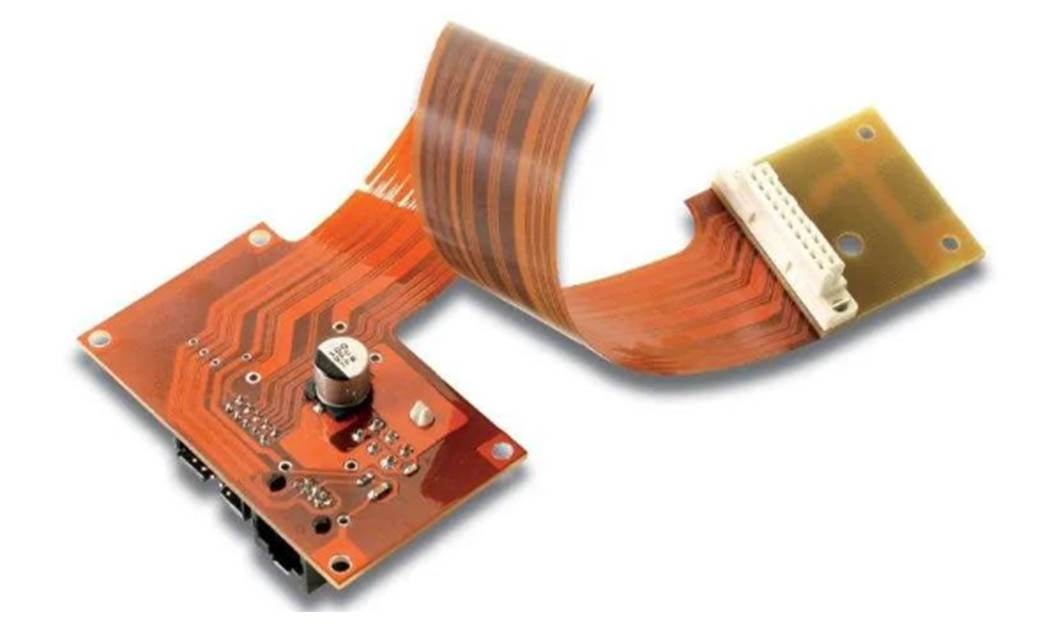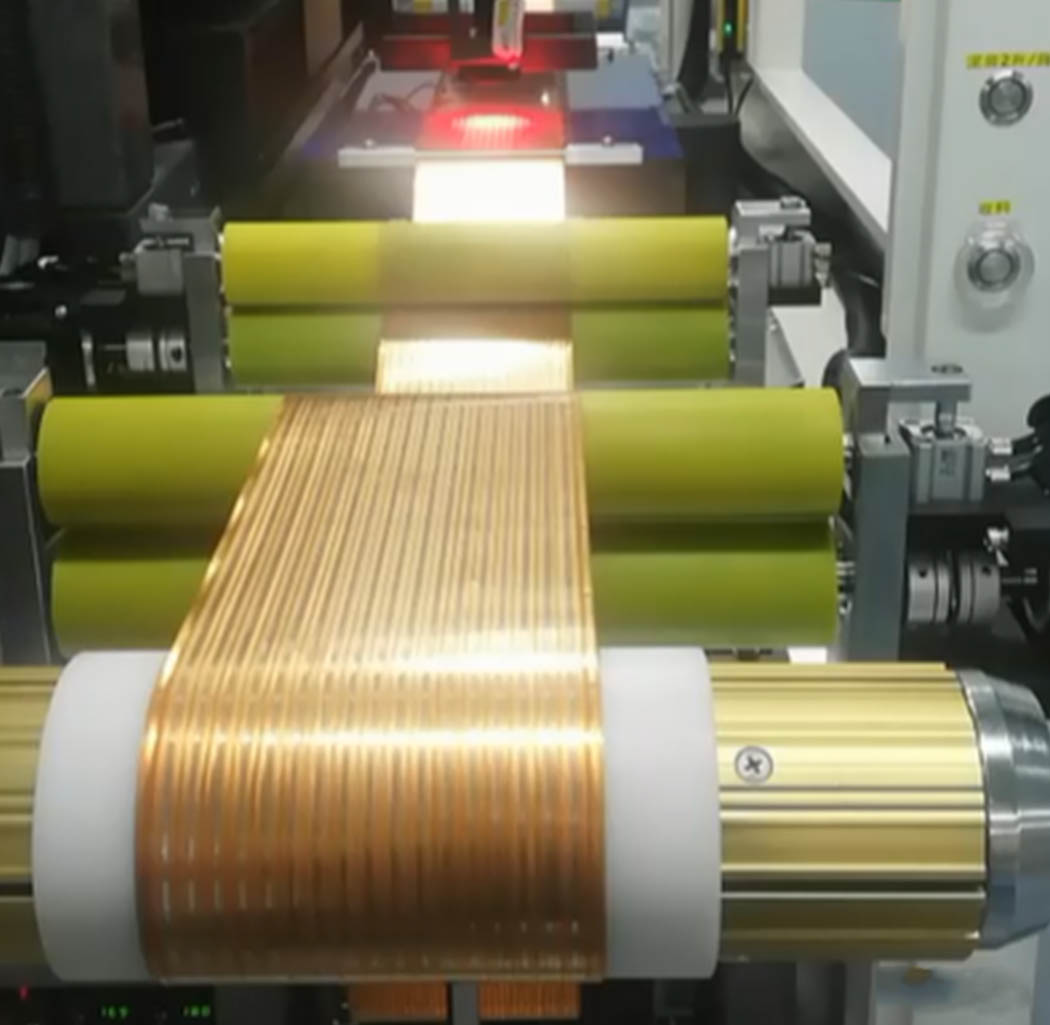
| One | FPC cutting |
Except for some materials, the materials used in flexible printed boards are basically in the form of rolls. Since not all processes must be processed by tape and reel technology, some processes must be cut into sheets before processing, such as the drilling of metallized holes in double-sided flexible printed boards, which can only be drilled in sheet form at present. Holes, so the first process of the double-sided flexible printed board is cutting.
Flexible copper clad laminates have extremely poor ability to withstand external forces and are easily injured. If it is damaged during material cutting, it will have a serious impact on the pass rate of subsequent processes. Therefore, even if it seems to be a very simple cutting, in order to ensure the quality of the material, it must be given enough attention. If the amount is relatively small, a manual shear or hob cutter can be used, and an automatic shear can be used for large quantities.
Whether it is single-sided, double-sided copper foil laminate or cover film, the accuracy of cutting size can reach ±0.33. The reliability of cutting is high, and the cut materials are automatically and neatly stacked, and no personnel are required to collect materials at the exit. The damage to the material can be controlled to a minimum, and the material has almost no wrinkles or scars by using the change in the size of the feeding roller. Moreover, the latest device can also automatically cut the flexible printed board etched by the tape-and-roll process. The corrosion positioning pattern can be detected by the optical sensor, and the automatic cutting and positioning can be carried out. The cutting accuracy can reach 0.3mm, but this kind of The frame of cutting is used as the positioning of the subsequent process.

| Two | FPC drill via holes |
The through hole of the flexible printed board can also be drilled by CNC like the rigid printed board, but it is not suitable for the hole processing of the double-sided metallized hole circuit of the tape. With the high density of circuit patterns and the small aperture of metallized holes, and the aperture of numerical control drilling has a certain limit, many new drilling technologies have been put into practical application. These new drilling techniques include plasma etching, laser drilling, micro-diameter punching, chemical etching, etc. These drilling techniques are easier to meet the hole-forming requirements of the tape-and-roll process than CNC drilling.
The through hole of the flexible printed board can also be drilled by CNC like the rigid printed board, but it is not suitable for the hole processing of the double-sided metallized hole circuit of the tape. With the high density of circuit patterns and the small aperture of metallized holes, and the aperture of numerical control drilling has a certain limit, many new drilling technologies have been put into practical application. These new drilling techniques include plasma etching, laser drilling, micro-diameter punching, chemical etching, etc. These drilling techniques are easier to meet the hole-forming requirements of the tape-and-roll process than CNC drilling.
01) CNC drilling
Most of the drilling holes in double-sided flexible printed boards are still drilled with CNC drilling machines. The CNC drilling machines are basically the same as the CNC drilling machines used in rigid printed boards, but the drilling conditions are different. Since the flexible printed board is very thin, multiple sheets can be overlapped and drilled. If the drilling conditions are good, 10 to 15 sheets can be overlapped together for drilling. Backing board and cover board can use paper-based phenolic laminated board or glass fiber cloth epoxy laminated board, and can also use aluminum board with a thickness of 0.2-0.4mm. Drills for flexible printed boards are available on the market, and drills for drilling rigid printed boards and milling cutters for milling shapes can also be used for flexible printed boards.
The processing conditions of drilling, milling cover film and the shape of the reinforcement board are basically the same, but because the adhesive used in the flexible printed board material is soft, it is very easy to attach to the drill bit, and the status of the drill bit needs to be checked frequently. Moreover, the speed of the drill bit should be appropriately increased. Special care should be taken when drilling holes in multi-layer flexible printed boards or multi-layer rigid-flex printed boards.
02) Punching
Punching micro-aperture is not a new technology, it has been used in mass production. Since the tape and tape process is continuous production, there are many examples of using punching to process the through holes of the tape. However, batch punching technology is limited to punching holes with a diameter of 0.6-0.8mm. Compared with CNC drilling machine drilling, the processing cycle is long and manual operation is required. Since the size of the initial process is very large, the punching mold is correspondingly large. , so the price of molds is very expensive. Although mass production is beneficial to reduce costs, the burden of equipment depreciation is large, and small-volume production and flexibility cannot compete with CNC drilling, so it is still not popularized.
But in the last few years, great progress has been made in both die precision and numerical control drilling of punching technology, and the practical application of punching on flexible printed boards is very feasible. The latest mold manufacturing technology can produce a hole with a diameter of 75um that can punch a substrate with a thickness of 25um and an adhesive-free copper-clad laminate. The reliability of the punching is also quite high. hole. The punching device has also been numerically controlled, and the mold can also be miniaturized, so it can be well applied to the punching of flexible printed boards. Neither CNC drilling nor punching can be used for blind hole processing.
03) Laser Drilling
Lasers can be used to drill the smallest through holes. The laser drilling machines used for drilling through holes in flexible printed boards include excimer laser drilling machines, impact carbon dioxide laser drilling machines, YAG (yttrium aluminum garnet) laser drilling machines, argon gas laser drilling machines, and laser drilling machines. Laser drills, etc.

The impact carbon dioxide laser drilling machine can only drill the insulating layer of the substrate, while the YAG laser drilling machine can drill the insulating layer and copper foil of the substrate. The speed of drilling the insulating layer is obviously faster than that of the copper foil. It is impossible to use the same laser drilling machine for all the drilling and the production efficiency is very high. Generally, the copper foil is first etched to form a pattern of holes, and then the insulating layer is removed to form through holes, so that the laser can drill holes with extremely small apertures. But at this time, due to the position accuracy of the upper and lower holes, the diameter of the drilled hole may be restricted. If it is drilling a blind hole, as long as the copper foil on one side is etched away, there is no problem with the accuracy of the upper and lower positions. This process is the same as plasma pitting and chemical pitting described below.
At present, the holes processed by excimer laser are the smallest. The excimer laser is ultraviolet light, which directly destroys the structure of the base layer resin, makes the resin molecules discrete, and generates very little heat, so the degree of heat damage to the surrounding holes can be limited to a minimum range, and the hole walls are smooth and vertical. If the laser beam can be further narrowed, holes with a diameter of 10-20um can be processed. Of course, the larger the thickness-to-aperture ratio, the more difficult wet copper plating will be. The problem of excimer laser technology drilling is that the decomposition of polymers will produce carbon black attached to the hole wall, so some means must be taken to clean the surface before electroplating to remove carbon black. However, when laser processing blind holes, there are also certain problems in the uniformity of the laser, which will produce bamboo-like residues.
The biggest difficulty of excimer laser is the slow drilling speed and high processing cost. Therefore, it is limited to the processing of small holes with high precision and high reliability.
The impact carbon dioxide laser generally uses carbon dioxide gas as the laser source, and the radiation is infrared. Unlike the excimer laser, which burns and decomposes resin molecules due to thermal effects, it belongs to thermal decomposition, and the shape of the processed hole is worse than that of the excimer laser. The aperture that can be processed is basically 70-100um, but the processing speed is obviously much faster than that of excimer laser, and the cost of drilling is much lower. Even so, the processing cost is much higher than the plasma etching method and chemical etching method described below, especially when the number of holes per unit area is large.
The impact carbon dioxide laser should be noted that when processing blind holes, the laser can only be emitted to the surface of the copper foil, and there is no need to remove the organic matter on the surface. In order to clean the copper surface stably, chemical etching or plasma etching should be used as post-treatment. Considering the possibility of technology, there is basically no difficulty in using the laser drilling process for the tape and reel process, but considering the balance of the process and the proportion of equipment investment, it does not have an advantage, but the automatic welding of tape chips The technology (TAB, Tape Automated Bonding) is narrow in width, and the drilling speed can be improved by using the tape-and-roll technology. There have been practical examples in this regard.
| Three | Hole metallization |
The hole metallization of flexible printed boards is basically the same as the hole metallization process of rigid printed boards.
In recent years, instead of electroless plating, a direct electroplating process using the technology of forming a carbon conductive layer has emerged. Hole metallization of flexible printed boards also introduces this technology.
Due to its softness, the flexible printed board needs a special fixing fixture. The fixture can not only fix the flexible printed board, but also must be stable in the plating solution, otherwise the thickness of the copper plating is uneven, which is also caused by disconnection in the etching process. and bridging important reasons. In order to obtain a uniform copper plating layer, the flexible printed board must be tightened in the fixture, and the position and shape of the electrodes must be worked hard.
Hole metallization outsourcing processing should be avoided as far as possible to factories without experience in flexible printed board hole formation. If there is no special plating line for flexible printed boards, the quality of hole formation cannot be guaranteed.
| Four | Cleaning of copper foil surface |
In order to improve the adhesion of the resist mask, the surface of the copper foil should be cleaned before coating the resist mask. Even such a simple process requires special attention for flexible printed boards.

Generally, there are chemical cleaning process and mechanical grinding process for cleaning. For the manufacture of precision graphics, in most cases, the two cleaning processes are combined for surface treatment. Mechanical grinding uses the method of throwing brushes. If the brushing material is too hard, it will cause damage to the copper foil, and if it is too soft, it will cause insufficient grinding. Generally, nylon brushes are used, and the length and hardness of the throwing brushes must be carefully studied. Use two throwing brush rollers, put them on top of the conveyor belt, and the direction of rotation is opposite to the belt conveying direction, but at this time, if the pressure of the throwing brush rollers is too high, the substrate will be stretched under great tension, which will cause dimensional changes one of the important reasons.
If the copper foil surface treatment is not clean, then the adhesion to the resist mask will be poor, which will reduce the pass rate of the etching process. Recently, due to the improvement in the quality of copper foil boards, the surface cleaning process can also be omitted in the case of single-sided circuits. But for precision patterns below 100μm, surface cleaning is an essential process.